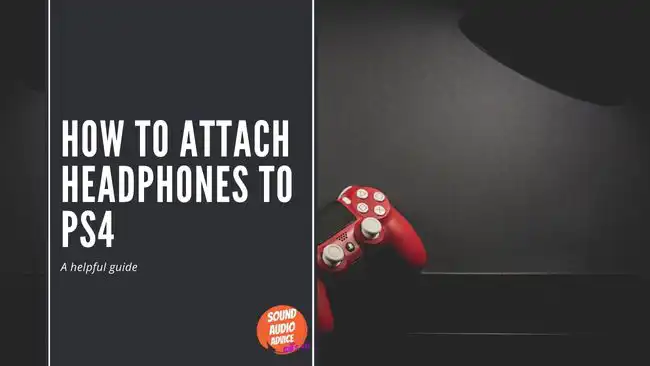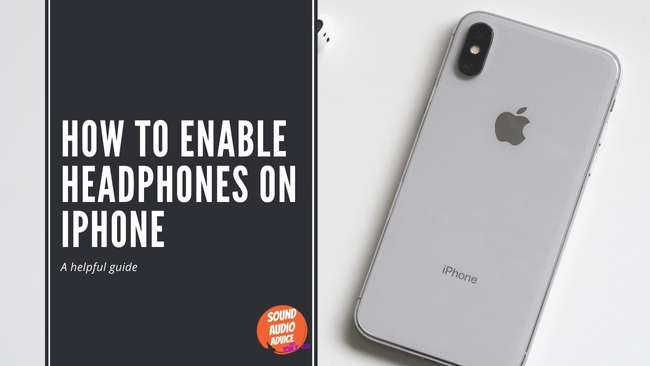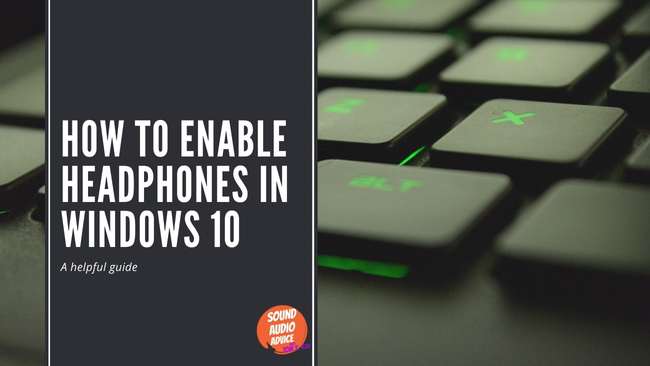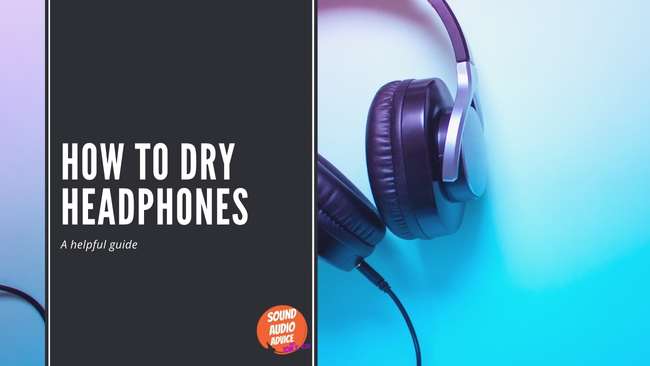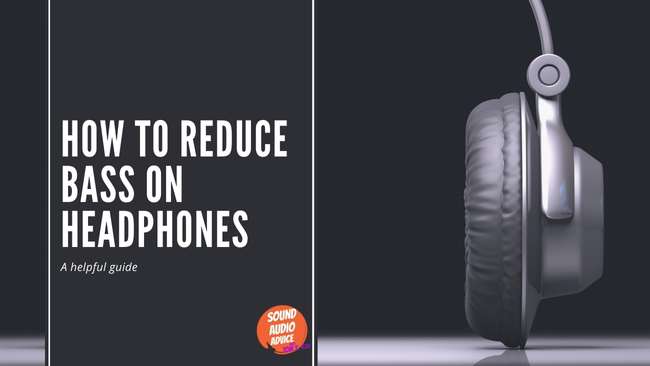
How to wear headphones while sleeping
February 18, 2023
how to attach headphones to tv
February 18, 2023how to attach headphones to ps4
Welcome, gamers! If you’re looking to take your PlayStation 4 gaming experience to the next level, one of the first things you’ll want to do is get a great pair of headphones.
Attaching headphones to your PS4 is a simple process, but it can be a bit confusing if you’re new to the world of gaming audio.
In this blog post, I’ll walk you through everything you need to know to attach your headphones to your PS4.
1. Check your headphone jack
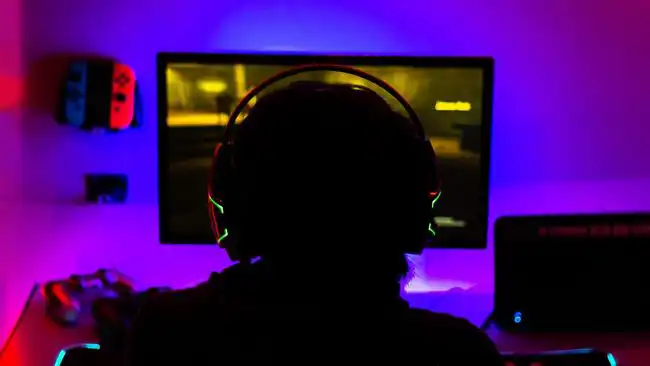
The first thing you need to do is check if your headphones are compatible with the PS4.
The PS4 controller has a 3.5mm headphone jack, so any headphones with a standard 3.5mm jack should work.
If your headphones have a different type of connector, you’ll need an adapter to connect them to the PS4 controller.
2. Plug in your headphones
Once you’ve confirmed that your headphones are compatible, the next step is to plug them into the PS4 controller.
Locate the headphone jack on the controller, which is located at the bottom of the controller.
Insert the headphone plug into the jack, and you should be good to go.
3. Adjust your audio settings
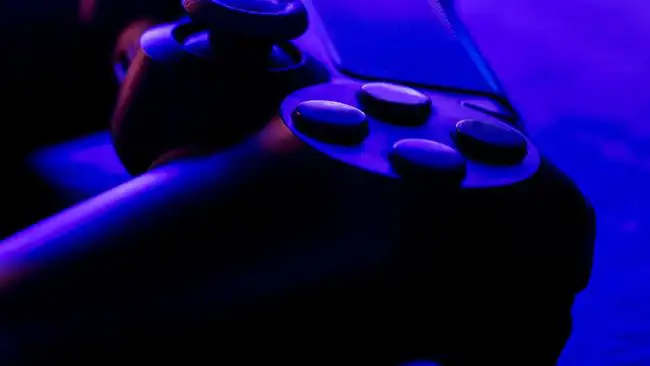
Once your headphones are connected, you’ll want to adjust your PS4’s audio settings to ensure the best possible sound quality.
To do this, go to Settings > Devices > Audio Devices.
From here, you can adjust the volume of your headphones, choose the input and output devices, and adjust other settings like chat audio and microphone settings.
4. Test your headphones
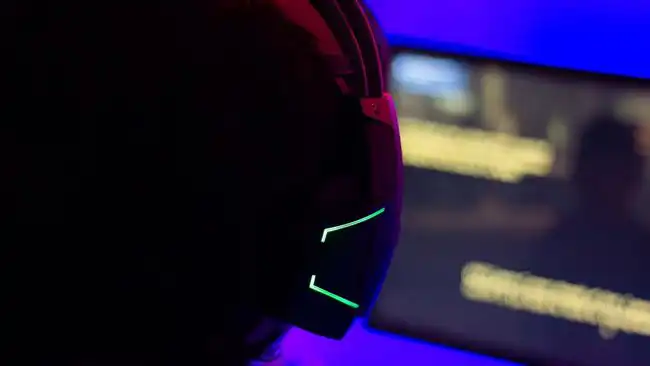
Finally, it’s time to test your headphones and make sure everything is working correctly. Launch a game and listen for the audio through your headphones. If everything sounds good, you’re all set!
All in All
Attaching headphones to your PS4 is a simple process that can greatly enhance your gaming experience.
By following these steps, you can enjoy great sound quality and immerse yourself in your favorite games.
So, what are you waiting for? Get your headphones connected and get gaming!
Thanks for reading,
Tom
I’m Tom S. Ray and I’m head mastering engineer at Audio Unity Group. I also hold a bachelor with honours degree in music from Kingston University in London, I lecture mastering to students in Edinburgh College and to my online students via my Mastering Mastery audio mastering online course.

